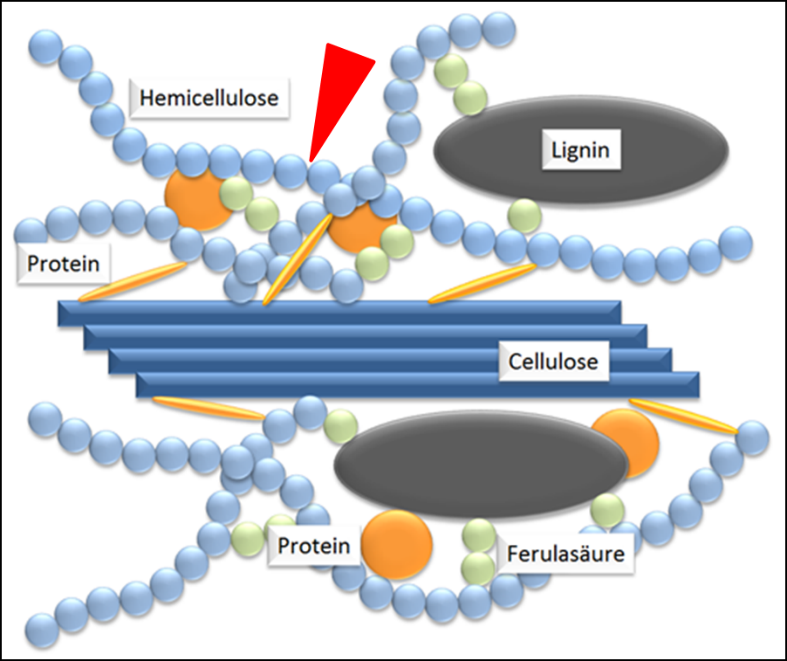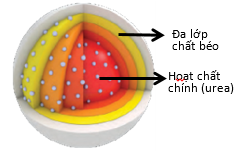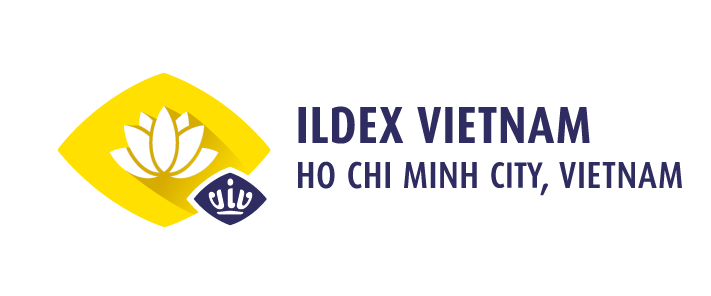Solution for the shortage of animal protein-rich food sources in animal feed production
 Animal feed is produced with dozens of different ingredients, of which protein-rich ingredients originating from animals are often popular because of their high protein and essential amino acid content, and especially does not contain fiber and starch, which are considered anti-nutrients for animals such as shrimp, frogs, and some fish species that cannot eat plant-based foods. However, high quality fishmeal has a very low supply and the price is too high, while animal protein-rich ingredients such as meat and bone meal and blood meal are difficult to produce, circulate and distribute due to the worldwide concern about dangerous infectious diseases in animals. This is an imported raw material source, leading to an increasingly scarce supply of animal-origin protein-rich ingredients used to produce animal feed in Vietnam. Therefore, the most current possible solution to the above obstacles is a new source of feed ingredients that has appeared on the animal feed market in Vietnam in the past few years, commonly known as single-cell protein ingredients in powder or liquid form. These ingredients are produced domestically, so they have the advantage of a fairly stable supply and price throughout the year, helping to reduce feed formula costs and dependence on imported raw materials, but still achieve good results in livestock productivity as usual.
Animal feed is produced with dozens of different ingredients, of which protein-rich ingredients originating from animals are often popular because of their high protein and essential amino acid content, and especially does not contain fiber and starch, which are considered anti-nutrients for animals such as shrimp, frogs, and some fish species that cannot eat plant-based foods. However, high quality fishmeal has a very low supply and the price is too high, while animal protein-rich ingredients such as meat and bone meal and blood meal are difficult to produce, circulate and distribute due to the worldwide concern about dangerous infectious diseases in animals. This is an imported raw material source, leading to an increasingly scarce supply of animal-origin protein-rich ingredients used to produce animal feed in Vietnam. Therefore, the most current possible solution to the above obstacles is a new source of feed ingredients that has appeared on the animal feed market in Vietnam in the past few years, commonly known as single-cell protein ingredients in powder or liquid form. These ingredients are produced domestically, so they have the advantage of a fairly stable supply and price throughout the year, helping to reduce feed formula costs and dependence on imported raw materials, but still achieve good results in livestock productivity as usual.
Using coated slow-release urea: A breakthrough in dairy farming
 In recent decades, the dairy industry has witnessed many innovations, aiming to optimize production processes and ensure the health of cows. One of the most notable developments is the use of coated slow-release urea in dairy cow feed as a safe source of protein, contributing to improving cow health and enhancing productivity and milk quality. Compared to some traditional protein ingredients in animal feed such as soybean meal, which only contains 47%; Canola meal contains 33%; Or even feather meal only contains about 79%; Blood meal contains 89% crude protein, Urea has a crude protein content of about 291%. Using coated slow-release urea has helped cows receive a larger but stable and regular source of nitrogen so there is no fear of poisoning. On the other hand, cows will get more nutrients to produce products that bring better livestock results and are beneficial to farmers.
In recent decades, the dairy industry has witnessed many innovations, aiming to optimize production processes and ensure the health of cows. One of the most notable developments is the use of coated slow-release urea in dairy cow feed as a safe source of protein, contributing to improving cow health and enhancing productivity and milk quality. Compared to some traditional protein ingredients in animal feed such as soybean meal, which only contains 47%; Canola meal contains 33%; Or even feather meal only contains about 79%; Blood meal contains 89% crude protein, Urea has a crude protein content of about 291%. Using coated slow-release urea has helped cows receive a larger but stable and regular source of nitrogen so there is no fear of poisoning. On the other hand, cows will get more nutrients to produce products that bring better livestock results and are beneficial to farmers.
Solid state fermentation (SSF) products and Aspergillus SPP strain mushrooms for monogastric animals
 CERAVITAL XP is a fermented product for monogastric animals that improves protein release from protein-rich ingredients. CERAVITAL XP is created through a solid state fermentation process using selected fungal strains that impact nutrient utilization and feed efficiency in livestock. CERAVITAL XP increases protein digestibility and has been applied in diets for fattening pigs. For the pig diet group using Ceravital XP the average daily gain increased by 2.5% the effect of protein reduction compared to the active control could be offset by CERAVITAL XP by + 2.5% Daily weight gain and daily feed conversion ratio decreased by 2.3% compared to the control group with a 17% crude protein diet. Additionally, supplementing the diet with CERAVITAL XP to reduce soybean meal by 3% and CP by 1%, respectively) can significantly reduce the average ammonia concentration in the air surrounding the barn.
CERAVITAL XP is a fermented product for monogastric animals that improves protein release from protein-rich ingredients. CERAVITAL XP is created through a solid state fermentation process using selected fungal strains that impact nutrient utilization and feed efficiency in livestock. CERAVITAL XP increases protein digestibility and has been applied in diets for fattening pigs. For the pig diet group using Ceravital XP the average daily gain increased by 2.5% the effect of protein reduction compared to the active control could be offset by CERAVITAL XP by + 2.5% Daily weight gain and daily feed conversion ratio decreased by 2.3% compared to the control group with a 17% crude protein diet. Additionally, supplementing the diet with CERAVITAL XP to reduce soybean meal by 3% and CP by 1%, respectively) can significantly reduce the average ammonia concentration in the air surrounding the barn.


